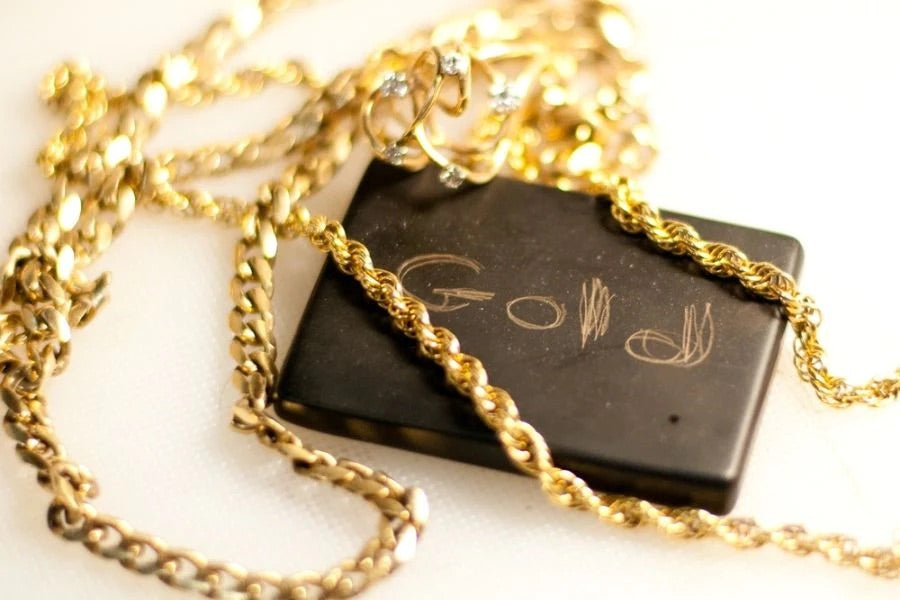
How to Tell Real Gold from Fake Gold at Home: The Magnet Test
Share
How to Perform the Magnet Test
One simple test to identify fake gold is the magnet test. Gold is not magnetic, so if a piece of jewelry or a coin is attracted to a magnet, it is likely fake. However, keep in mind that some gold jewelry may have magnetic clasps or other components that are not made of gold.
Gold has always been a valuable and sought-after metal. However, with the rise in counterfeit gold jewelry and coins, it has become increasingly important to know how to distinguish between real gold and fake gold. One simple and effective method is to use a magnet. In this blog post, we will guide you through the process of using a magnet to determine the authenticity of gold.
Why does a magnet help in identifying real gold?
Gold is a non-magnetic metal, which means it is not attracted to magnets. On the other hand, many counterfeit gold items are made with materials that are magnetic, such as iron or nickel. By using a magnet, you can quickly determine if the gold you have is genuine or fake.
Step-by-step guide to testing gold with a magnet
1. Gather the necessary materials: a strong magnet and the gold item you want to test.
2. Hold the magnet close to the gold item.
3. Observe the reaction:
Scenario 1: Gold is not attracted to the magnet
If the gold item is not attracted to the magnet and shows no signs of magnetic properties, it is likely to be real gold. Genuine gold is not magnetic, so this result indicates its authenticity.
Scenario 2: Gold is attracted to the magnet
If the gold item is attracted to the magnet or shows signs of magnetic properties, it is highly likely to be fake gold. Counterfeit gold items often contain magnetic metals, such as iron or nickel, which cause the attraction.
Additional considerations
While the magnet test is a useful tool, it is not foolproof. Some counterfeit gold items may be made with non-magnetic materials, making them appear genuine even when tested with a magnet. Therefore, it is important to use this method in conjunction with other tests, such as acid testing or professional appraisal, to ensure accurate results.
Remember, if you are unsure about the authenticity of your gold item, it is always best to consult with a reputable jeweler or gold expert who can provide professional guidance.
In conclusion, using a magnet is a simple and effective way to determine if gold is real or fake. By following the steps outlined in this blog post, you can confidently identify genuine gold and avoid falling victim to counterfeit items.
Seeking Professional Assistance
If you're still unsure about the authenticity of your gold item, it's best to seek professional assistance. A reputable jeweler or gold expert can use advanced testing methods, such as X-ray fluorescence, to accurately determine the purity of the gold.
Remember, identifying fake gold requires careful examination and testing. By following these guidelines, you can make a more informed decision when buying or selling gold.
3 comments
Thank you so very much for the gold💍 magnet trick!!!
Is it the same with sterling silver? I make faux jewelry as gifts. I appreciate your knowledge!!!
🥰Katherine
poseidon@bellsouth.net or gbknv901@gmail.com
I think I understand is the magnet.Picks up the gold is real?
Thanks for sharing this helpful resource! I’ve bookmarked it for future reference. In the spirit of mutual growth and learning, I would be honored if you could take a moment to visit my website at,
Best Jewellery Shop in Coimbatore